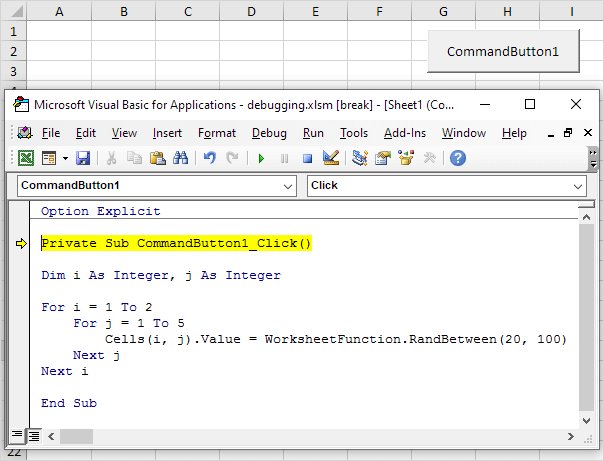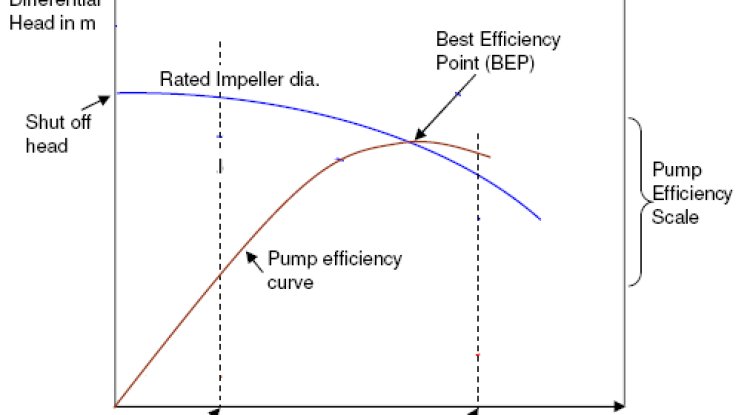Streamlining Engineering Workflows with VBA Codes
VBA codes offer tremendous opportunities for engineers to streamline workflows, automate tasks, and enhance productivity.

Introduction:
In the field of engineering, efficiency and accuracy are paramount. With the power of Visual Basic for Applications (VBA), engineers can enhance their productivity by automating tasks, performing complex calculations, and customizing software applications. In this blog post, we will explore how VBA codes can be leveraged in engineering workflows, highlighting their benefits and providing practical examples of their application.
-
Automating Data Analysis and Reporting: Engineers often deal with large datasets that require extensive analysis and reporting. VBA codes can automate these processes, allowing engineers to save time and reduce errors. For instance, VBA can be used to create macros in software like Excel to import data from multiple sources, perform calculations, generate reports, and visualize results. By automating these tasks, engineers can focus on interpreting data and making informed decisions.
-
Customizing Design Tools: VBA codes enable engineers to customize design tools, such as CAD software, to meet specific project requirements. By writing VBA macros, engineers can automate repetitive design tasks, create custom commands, and implement specialized functionalities. For example, VBA can be utilized to automate drawing generation, parameterize designs for easy modification, and enforce design standards across a team or organization.
-
Simulating and Modeling Complex Systems: VBA is a powerful tool for creating simulations and models to analyze and optimize complex engineering systems. Engineers can use VBA to develop numerical algorithms, solve differential equations, and simulate real-world scenarios. By combining VBA with software like MATLAB or Excel, engineers can build models to predict system behavior, optimize designs, and perform sensitivity analyses.
-
Interfacing with External Devices and Systems: VBA codes can facilitate communication between engineering software and external devices or systems. Engineers can write VBA scripts to control and monitor instrumentation, acquire data from sensors, or interface with industrial control systems. This capability enables engineers to automate data acquisition processes, integrate data from multiple sources, and create real-time monitoring and control applications.
-
Enhancing Documentation and Project Management: VBA codes can streamline documentation and project management tasks in engineering projects. Engineers can develop VBA macros to generate standardized reports, automate document formatting, and manage project schedules and budgets. This automation ensures consistency, reduces manual effort, and allows engineers to focus on critical engineering tasks.
Conclusion:
VBA codes offer tremendous opportunities for engineers to streamline workflows, automate tasks, and enhance productivity. By leveraging VBA, engineers can automate data analysis and reporting, customize design tools, simulate complex systems, interface with external devices, and improve documentation and project management. These capabilities enable engineers to work more efficiently, reduce errors, and allocate more time to critical engineering tasks.
As an engineer, learning VBA opens up a world of possibilities to optimize processes, increase accuracy, and drive innovation. By investing time in mastering VBA, engineers can elevate their skills and become more valuable contributors in their respective fields. So, embrace VBA and unlock the power of automation and customization to take your engineering workflows to new heights.
Share
What's Your Reaction?
 Like
0
Like
0
 Dislike
0
Dislike
0
 Love
0
Love
0
 Funny
0
Funny
0
 Angry
0
Angry
0
 Sad
0
Sad
0
 Wow
0
Wow
0










